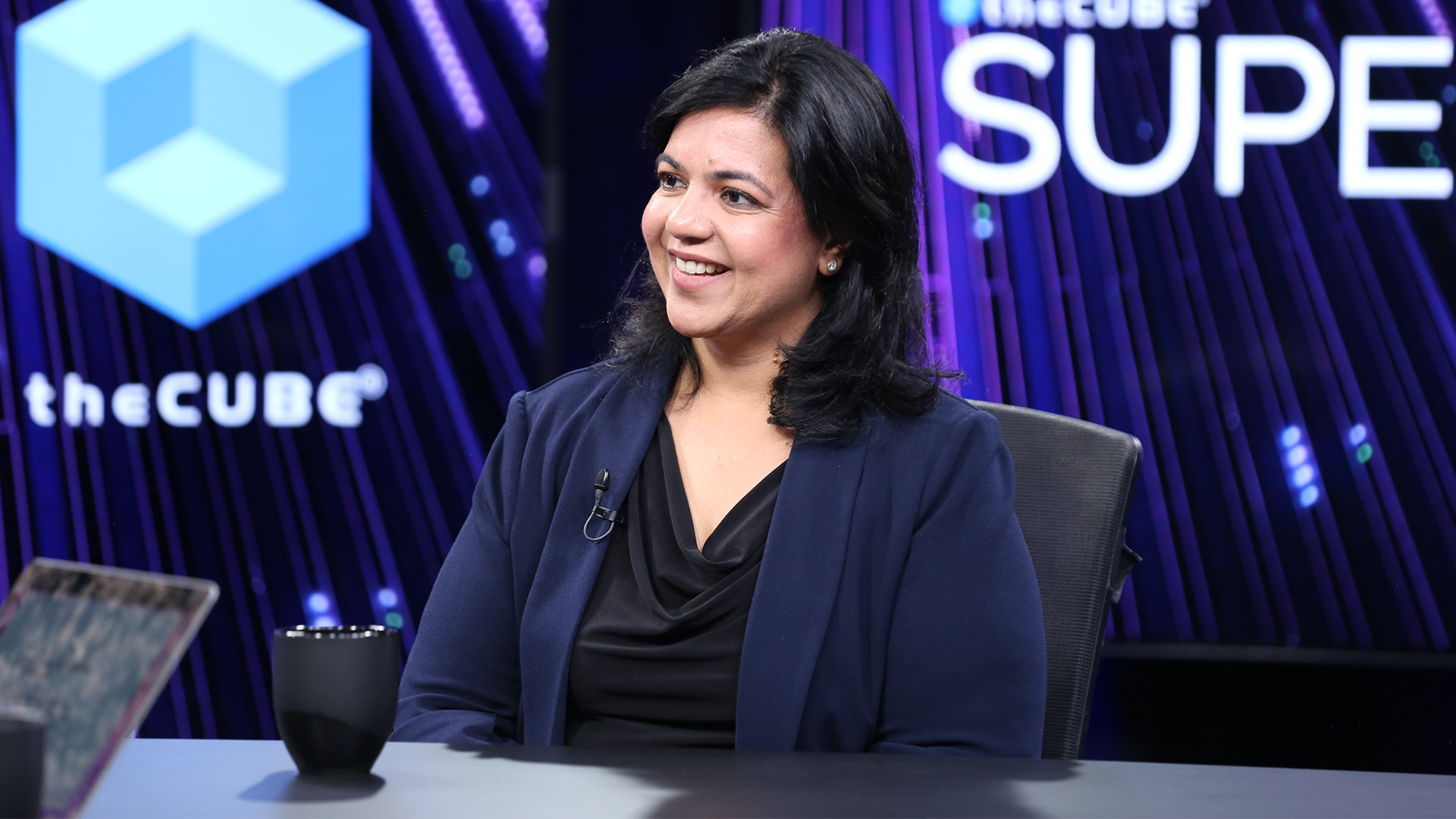 AI
AI
 AI
AI
 AI
AI
The enormous impact of generative artificial intelligence on every aspect of business and industry is undeniable, with companies and consumers alike beginning to reckon with its effects. Perhaps no sphere stands to see a bigger transformation than software development.
“For the longest time, we’ve always struggled to get the software in time, the time to value, so with gen AI coming in, there’s tons of opportunities for developers and engineers,” said Chetna Mahajan (pictured), chief digital and information officer at Amplitude Inc. “With solutions like GitHub Copilot coming in … [developers] can be the true problem-solvers. They can design the solution to what the users need. ”
Mahajan spoke with theCUBE industry analyst John Furrier at Supercloud 4, during an exclusive broadcast on theCUBE, SiliconANGLE Media’s livestreaming studio. They discussed how developers are using gen AI tools and the changes needed to implement and govern it.
Gen AI is already being implemented across the software development world. At companies such as Amplitude, developers are beginning to use AI tools such as Github Copilot to help generate code and create prototypes that simulate how a software product would look and feel to the user.
The most important contribution gen AI can offer to data analytics is what Mahajan calls “actionable insights,” in which the AI interprets data and forms conclusions about the next best decision to make based on that data.
“The balance between external data and our internal data, I think that is … going to be extremely critical,” said Mahajan, who emphasized the need to account for possible biases and hallucinations within AI results.
One of the most powerful uses of gen AI is synthetic data, according to Mahajan. Synthetic data derives from an AI model trained to produce similar data to real users — for example, a name, age and phone number — without actually using the data.
“For developers … the hardest part is creating, generating data to test without compromising privacy,” she said. “So you’re creating data synthetically, but really not using the live data that compromises privacy and compliance.”
Gen AI’s ability to rapidly analyze and produce insights from external data about product performance on the market will allow developers to focus more on curating the user experience. “It’s becoming more of a craft,” added Mahajan.
The increase in time to value brought on by gen AI tools could result in “application proliferation,” according to Mahajan, because developers will have more time to experiment with app creation.
“The shift is going to be more user-centric, more data-centric,” she said, who believes the loss in “grunt work” will allow developers to focus on customer experiences. “[They can] deliver solutions that your users truly need, thinking about things that the users may not even know.”
Developers will have to change their skill sets now that gen AI has the potential to field natural language requests and translate them to any integrated development environment, predicted Mahajan.
“They are going to figure out more orchestration between different AI solutions that are there,” she said. “Being used to a particular IDE or an environment, that’ll go away because you can use the gen AI and tools to be able to do the translation.”
In the future, gen AI tools could instantly translate customer feedback into actionable insights for developers, which creates a lot of potential for customer personalization.
“The experience craft is going to really boom in this area … focused on delivering what the customers need and faster and, you know, being able to think ahead of the consumers,” said Mahajan.
However, customization and personalization through gen AI also carries some risks, according to Mahajan. With numerous instances of AI hallucinations and biases, governance will be a necessary component of AI-based applications and software products.
“Jumping the gun on this kind of personalized, customized experience … sometimes can hurt the company with commercial software, so [it’s] extremely important to do it right,” she said, noting that customers can become easily frustrated if AI customization misses the mark on their preferences. “Responsible AI is very critical for developers.”
The so-called “responsible AI” would involve “security compliance by design,” claims Mahajan. Developers would govern AI-based software products from the initial development to the market.
[Gen AI] is very, very disruptive,” she said, comparing the arrival of gen AI to that of smartphones and the internet, “This is revolutionary. Human oversight is extremely important.”
Here’s the complete video interview, part of SiliconANGLE’s and theCUBE’s coverage of Supercloud 4:
Support our mission to keep content open and free by engaging with theCUBE community. Join theCUBE’s Alumni Trust Network, where technology leaders connect, share intelligence and create opportunities.
Founded by tech visionaries John Furrier and Dave Vellante, SiliconANGLE Media has built a dynamic ecosystem of industry-leading digital media brands that reach 15+ million elite tech professionals. Our new proprietary theCUBE AI Video Cloud is breaking ground in audience interaction, leveraging theCUBEai.com neural network to help technology companies make data-driven decisions and stay at the forefront of industry conversations.